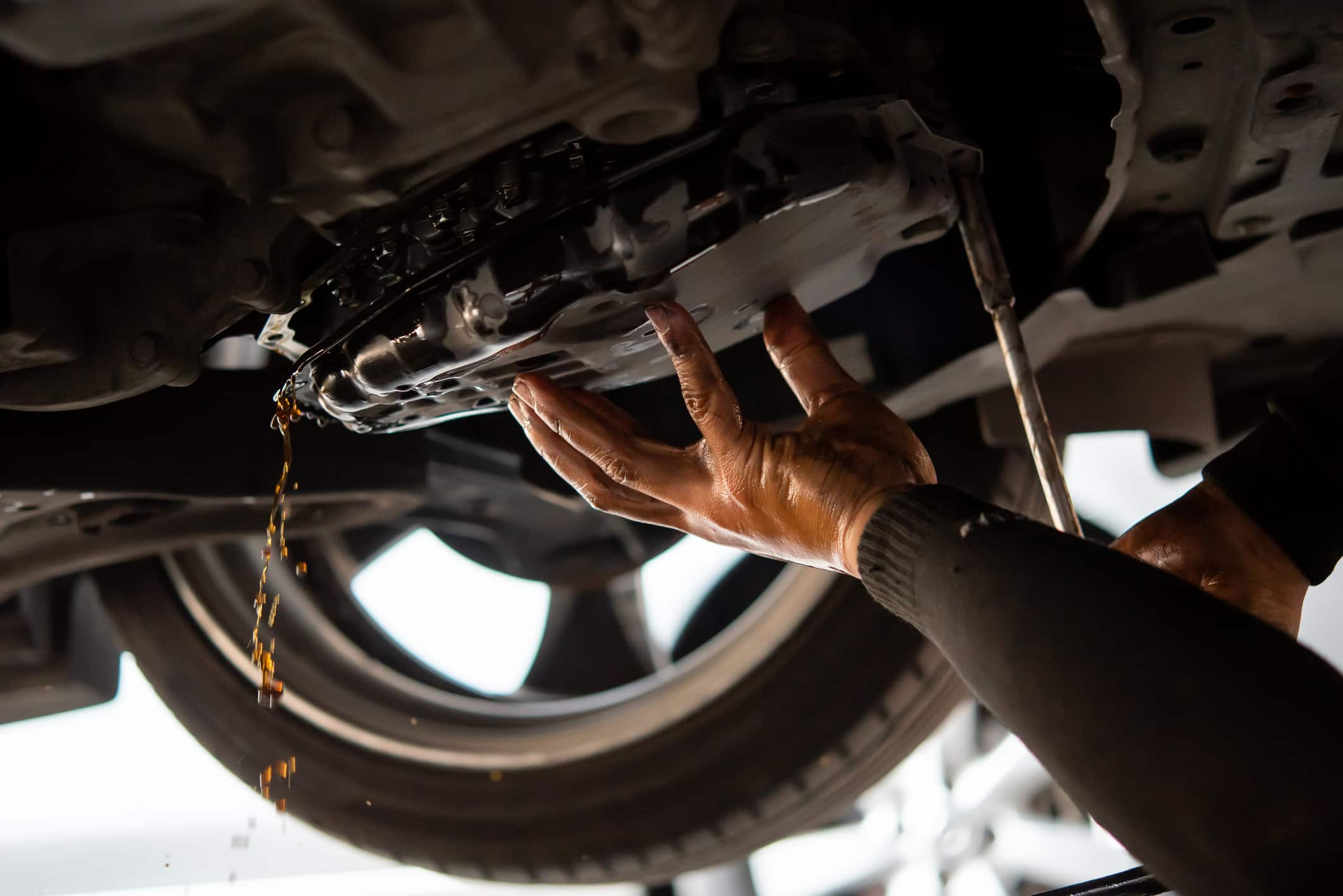
The Torqueflite 727 transmission is a well-known and highly regarded Mopar transmission system used in various vehicles. However, like all transmissions, it requires proper maintenance and care to perform at its best. This blog will discuss ten expert tips for optimizing your Torqueflite 727 transmission and ensuring that it runs smoothly and efficiently for years to come.
1. Regular Maintenance
Your engine also plays a crucial role in maximizing the performance of your Torqueflite 727 transmission. First and foremost, regular engine maintenance, such as oil changes, tune-ups, and air filter replacements, can help ensure your engine runs smoothly and efficiently. If your engine is not running correctly, it can stress your transmission more quickly and cause it to wear out. Regular engine maintenance can help to keep your engine running smoothly and reduce the load on your transmission.
Moreover, maintaining proper tire inflation and alignment is crucial for maximizing the performance of your Torqueflite 727 transmission. Properly inflated tires can improve fuel efficiency, and a well-aligned tire reduces the stress on your transmission and other drive components. Additionally, avoiding overloading your vehicle and exceeding the recommended towing capacity is advisable, as excess weight can strain your transmission and lead to quicker wear and damage. It is also important to drive smoothly and avoid sudden stops or hard acceleration, which can stress your transmission more. By following these guidelines, you can help to ensure the optimal performance and longevity of your Torqueflite 727 transmission.
2. High-Quality Transmission Fluid and Maintenance
Another critical factor in optimizing your Torqueflite 727 transmission is using a high-quality transmission fluid specifically designed for your vehicle. High-quality transmission fluid will help to reduce wear and tear on your transmission and ensure that it runs smoothly and efficiently. It’s also important to regularly check the level and condition of your transmission fluid to ensure that it is at the correct level and free of contaminants.
Along with the quality of the transmission fluid, one of the most critical aspects of maximizing the performance of your Torqueflite 727 transmission is proper transmission fluid maintenance. The transmission fluid is responsible for lubricating your transmission and reducing friction between the moving parts. Over time, the fluid can become contaminated or break down, which can cause your transmission to shift poorly or even fail. Regular transmission fluid changes, high-quality fluid, and monitoring fluid levels can help keep your transmission running smoothly and reduce the risk of failure.
3. Avoid Overloading
Overloading your vehicle can cause excessive wear and tear on your transmission, leading to various issues, including slipping and hard shifting. It’s essential to be mindful of the weight of your vehicle and the load you are carrying to prevent unnecessary stress on your transmission. It’s important to keep the weight of your vehicle within the recommended limit to prevent undue stress on your Torqueflite 727 transmission.
4. Transmission Cooler
To regulate the temperature of your Torqueflite 727 transmission and prevent overheating, installing a transmission cooler is a good idea. A transmission cooler works by dissipating heat from the transmission fluid, which helps to prevent damage caused by overheating. Choosing the correct size and type of transmission cooler for your vehicle is vital to ensure that it provides optimal cooling and protection for your transmission.
5. Correct Shift Points
To ensure that your Torqueflite 727 transmission performs at its best, it’s important to set the correct shift points. This involves adjusting the points at which your transmission shifts between gears to ensure that it shifts smoothly and efficiently. Incorrect shift points can cause hard shifts, slipping, and other issues that can impact the performance of your transmission. It’s important to have a professional transmission specialist set the correct shift points for your vehicle.
6. Driveshaft Balance
An unbalanced driveshaft can cause vibrations, leading to wear and tear on the transmission components and other parts, such as the u-joints and bearings. These vibrations can also lead to increased noise and decreased performance. Balancing the driveshaft helps distribute the weight evenly, reducing vibrations and improving the transmission’s overall performance. This results in smoother operation, longer component life, and better overall performance of the vehicle.
7. Shift Kit
Installing a shift kit can help to improve shift quality and reduce transmission slippage in your Torqueflite 727 transmission. Shift kits work by adjusting the pressure and timing of the shifts, which can improve overall performance and reduce wear and tear. It’s important to choose the correct shift kit for your vehicle and have it installed by a professional transmission specialist.
8. Torque Converter Selection
The torque converter is a crucial component in your Torqueflite 727 transmission, and choosing the right one is essential for optimizing performance and longevity. A high-quality torque converter can help to improve shift quality, reduce slippage, and increase efficiency. Choosing a torque converter specifically designed for your vehicle and transmission type is important to ensure that it provides the best performance and protection.
9. Proper Driving Techniques
Your driving habits can also significantly impact the performance and longevity of your Torqueflite 727 transmission. Proper driving techniques such as avoiding sudden acceleration, using smooth gear changes, and not over-revving the engine can help to reduce stress on your transmission and keep it running smoothly. Be mindful of your driving habits and make any necessary adjustments to prevent excessive wear and tear on your transmission.
10. Regular Inspections
To keep your Torqueflite 727 transmission functioning optimally, it is crucial to have periodic assessments performed by an experienced professional. Regular inspections make it possible to detect and address any potential issues in their early stages, thus avoiding more significant problems in the future. During these assessments, the transmission specialist will carefully examine the transmission for any signs of wear or damage and promptly make any required repairs or modifications to maintain its smooth operation.
Conclusion
By following these ten tips, you can help to optimize the performance and longevity of your Torqueflite 727 transmission. Firstly, regular maintenance and the use of high-quality transmission fluid are essential. Secondly, practicing proper driving techniques and undergoing regular inspections can also contribute to its smooth operation. Moreover, if you have any concerns or questions about your Torqueflite 727 transmission, it is crucial to seek expert advice and guidance from a professional transmission specialist. In conclusion, implementing these tips can help ensure that your transmission runs smoothly and efficiently for years to come.


